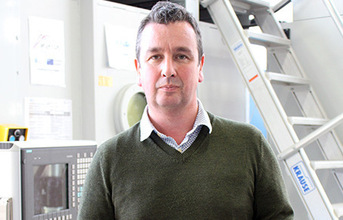
GKN Aerospace is to sponsor a five year Royal Academy of Engineering (RAEng) research chair, based at the University of Sheffield. The chair is focused on harnessing and developing the extraordinary potential of additive manufacture (AM) for aerospace and other high value industrial sectors.
The GKN Aerospace RAEng chair in Additive Manufacture and Advanced Structural Metallics will have three fundamental aims: to assist in the industrialisation of the current state-of-the-art technology as GKN moves towards production; to develop the required technology to enable the integration of materials and processes, extending the application of AM in the short term; to create entirely innovative processes and materials that will carry industry well beyond what is currently possible.
Russ Dunn, Senior Vice President Engineering & Technology, explains: "AM technologies promise a paradigm shift in engineering design and materials. We will be able to create previously impossible or totally uneconomical shapes, with little or no material wastage, and in the longer term we will be able to develop completely new materials and structures fully optimised for the role they perform.
This new chair will build on GKN's existing developments in additive manufacture and will sit at the heart of work to ensure UK industry continues to be a pioneering force in this global revolution in engineering."
Professor Iain Todd has been nominated for the Chair. Professor Todd is recognised as a leading academic researcher in the fields of novel processing and alloys. He has led research into additive manufacture at the University of Sheffield since its commencement in 2006 and has been a driving force in the growth of its world-leading manufacturing research facility, The Mercury Centre.
The current university AM research portfolio includes work on the Aerospace Technology Institute (ATI) supported, £15M Horizon Programme, led by GKN Aerospace, as well as collaborative research with organisations such as the Culham Centre for Fusion Engineering and CERN.
Continued to the next page
